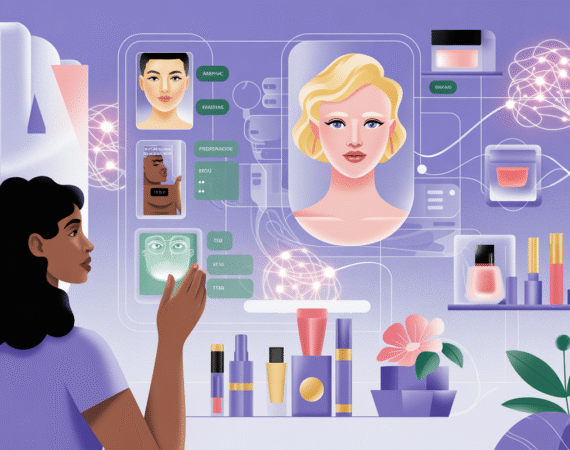AI Device Helps Individuals Recover Speech
The ability to communicate is fundamental to human connection and independence. For millions worldwide, conditions such as stroke, ALS, or neurological injuries can tragically rob them of their voice, leading to profound isolation and diminished quality of life. However, a new era of innovation is dawning, with artificial intelligence leading the charge in developing solutions that restore what was once thought lost: the power of speech.
A Breakthrough in Restoring Communication
The emergence of advanced AI-powered devices represents a monumental leap forward in assistive technology. These revolutionary systems are designed to decode intricate brain signals and translate them into coherent speech, offering a lifeline to individuals who have lost the ability to speak due to severe neurological impairments. While specific implementations may vary, the core principle often involves sophisticated brain-computer interfaces (BCIs) combined with powerful machine learning algorithms.
Imagine a scenario where a person, completely paralyzed and unable to move or utter a sound, can simply think a word, and an AI system processes those neural impulses, generating synthesized speech in real-time. This is no longer science fiction. These devices work by either interpreting neural activity directly from the brain or by analyzing subtle movements or intentions that the user can still generate, such as residual facial twitches or eye movements, before converting them into spoken words through highly trained AI models.
Transforming Lives: The Impact and Promise
The impact of such technology on the lives of individuals and their families is immeasurable. For someone with ‘locked-in’ syndrome, regaining the capacity to communicate complex thoughts, express emotions, or simply ask for a glass of water can fundamentally transform their daily existence. It offers:
- Enhanced Independence: Reducing reliance on caregivers for basic communication needs.
- Improved Mental Well-being: Alleviating the frustration and depression often associated with speech loss.
- Deeper Social Connection: Facilitating more natural and spontaneous interactions with loved ones and the wider community.
- Access to Education and Employment: Opening doors that were previously closed due to communication barriers.
Beyond individual users, this technology pushes the boundaries of neurorehabilitation. It provides researchers with unprecedented insights into brain function and language processing, paving the way for even more advanced and personalized therapeutic interventions in the future.
The Road Ahead: Challenges and Opportunities
While the initial results are incredibly promising, the development and widespread adoption of these AI speech devices face ongoing challenges. These include the need for further refinement of the AI algorithms to improve accuracy and naturalness of speech, ensuring the technology is non-invasive and user-friendly, and addressing issues of cost and accessibility to make it available to all who could benefit.
Nevertheless, the rapid pace of advancements in both artificial intelligence and neuroscience suggests a future where recovering speech is not just a hope, but a tangible reality for a growing number of people. This pioneering work underscores the profound potential of AI to serve humanity, restoring not just a physical function, but a fundamental aspect of human dignity and connection.
As this technology continues to evolve, it promises to redefine what’s possible in the realm of human-computer interaction and medical rehabilitation, offering new voices to those who have long been silent.


